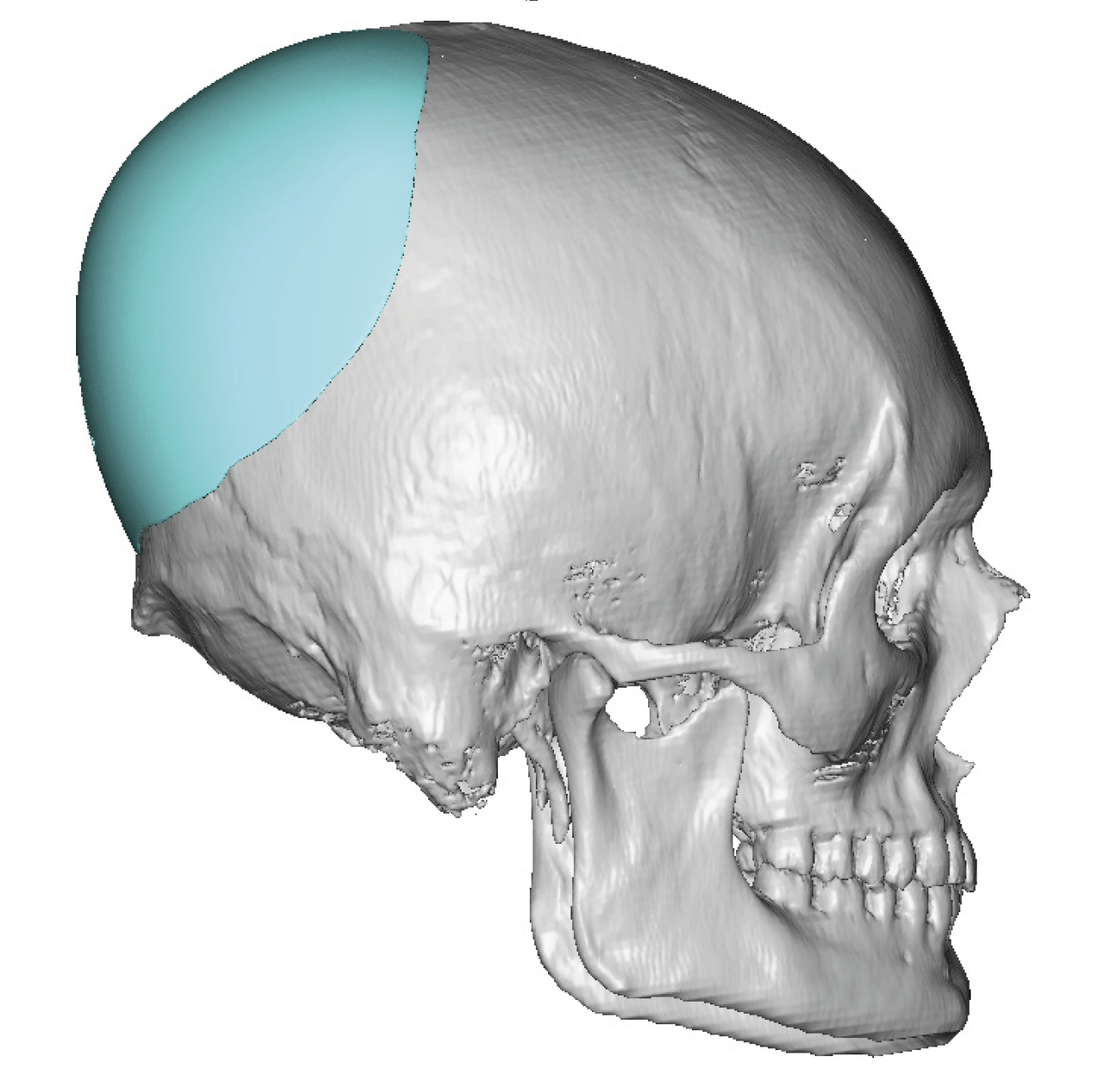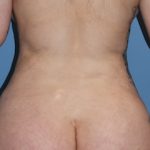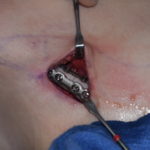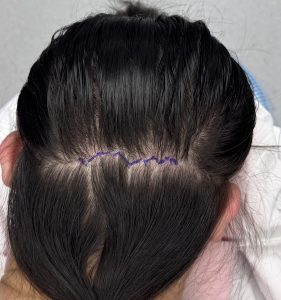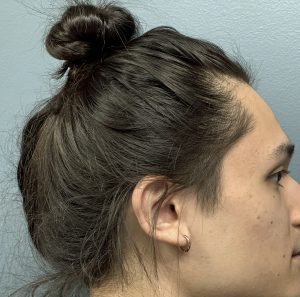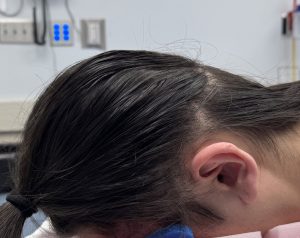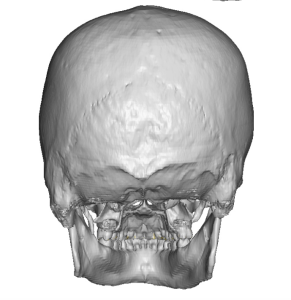
When correcting the shape of the back of the head the most effective method is a computer implant design. Getting a good shape , adequate projection and good symmetry between the two sides requires more surface area of implant coverage that one would think. While the back of the head has increased projection its perimeter footprint must cross over onto the top and sides of the skull. A 3D CT skull scan provides a full visual assessment of the scope of the deformity for all angles from which a good corrective design can be done.
When adding projection to the back of the head it is important to also realize that the scalp coverage is also diminished. Thus the amount of implant projection added will be controlled by the tension placed on the overlying scalp which must contain it. The scalp can only be safely stretch so much to avoid stress on the hair follicles and the blood flow to the central part of the area off maximal projection. This is not an exact science to determine what those limits are other than a lot of experience performing the procedure.
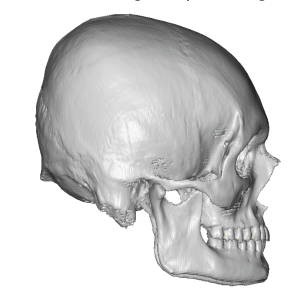
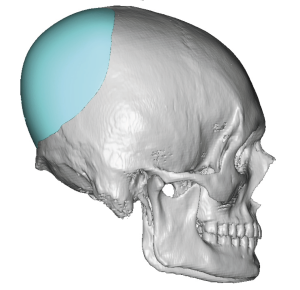
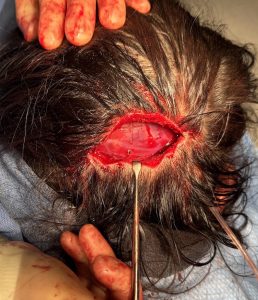
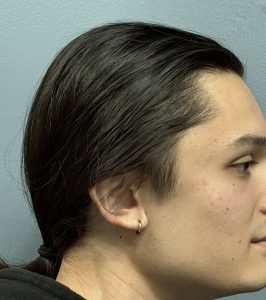
While some may think that long hair can adequately hide a skull shape deformity, and int certainly would seem rot do so looking externally, that often does not change the patient’s internal awareness of it. In fact the patient may not really prefer to wear their hair that way but does so because of their sensitivity to it. The surgery may allow them to wear a more desired shorter hairstyle.
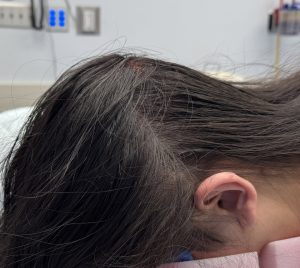
Key Points:
1) The flat back of the heed can be hidden by long hair as a compensatory method of camouflage.
2) It is not necessary to cut long hair for placing a custom back of the head skull implant.
3) The long hair helps in the recovery process both by camouflage of swelling and the incision.
Dr. Barry Eppley
World-Renowned Plastic Surgeon

